
Wildlife safari, Yala national park
- Wildlife safari at Yala national park would be the most famous activity done by the most foreign travelers to Sri Lanka. Yala national park is located 310 km from Colombo in Hambantota and Monaragala district.
Yala national park comprises five blocks of which block 1 has been the most frequented due to its accessibility and the terrain of open glades. Due to its high population of wild aminals, Yala national park block 1 is the most frequented area of travelers. The small and large herds of elephants and leopards are roaming often around this area. That provides the best chance to take photographs of them in your interesting pose. The Sloth bear, Spotted Deer, Wild Boar, Sandbur and saltwater crocodile, and birds and turtles are frequent in Yala national park.
You have a 99% chance to witness those wild animals during your Yala safari.
- Wildlife safari at Yala national park would be the most famous activity done by the most foreign travelers to Sri Lanka. Yala national park is located 310 km from Colombo in Hambantota and Monaragala district.
Yala national park comprises five blocks of which block 1 has been the most frequented due to its accessibility and the terrain of open glades. Due to its high population of wild aminals, Yala national park block 1 is the most frequented area of travelers. The small and large herds of elephants and leopards are roaming often around this area. That provides the best chance to take photographs of them in your interesting pose. The Sloth bear, Spotted Deer, Wild Boar, Sandbur and saltwater crocodile, and birds and turtles are frequent in Yala national park.
You have a 99% chance to witness those wild animals during your Yala safari.
Most Striking Feature
- Yala national park block-I has the highest population density of leopards in the world. If you want to see leopards, there is no better place other than Yala, in the whole world.
From October to May you have a 90% chance to witness a Leopard while your safari and from June to September chance is 99%. It is estimated that 25 leopards are roaming in the block-I of Yala national park.
Landscape and Views
- The area of the Yala is mostly comprised of rock outcrops out of a relatively flat plain, looming to heights of up to 240 m.
The area around “Miniha Gal Kanda” was a fascinating geological formation. The main landmass in this area is in the shape of an “Amphitheatre” and is multi-coloured. Continuous erosion of loose rock has created massive, roughly semi-circular craters with vertical walls. The rock wall was a perfect cross-section with clear, segregated layers of earth in different colours. There are three Amphitheaters along the coast. The soil is in stratification with fossilized shells, sponges, and pufferfish.
Stone implements of quartz and chert too have been found. This is a place that provides live evidence for Charles Darwin’s Coral Reef Theory. When you are there you feel, you are in “GRAND CANYON”, Arizona, USA!
In the southeast sea boundary, many bays carve out an intricate mosaic. Unspoiled natural beaches and tall sand-dunes provide a panoramic view of perfect patterns created by undulating and shifting sands. Lagoons fringe of the coastline with mangroves and brackish water together with extensive parklands, surrounding them, provides wonderful locations for sighting animals and birds.
History and Archaeology
- The history of the area of the Yala national park goes back to the 3rd Century where an ancient civilization flourished till 10th Century AD. Due to an unknown reason, that has disappeared suddenly and the glory of an ancient past was soon immersed in a mantle of the secondary-growth forest where the present Yala National Park is situated in.
Although the remnants prove an ancient civilization of the 3rd Century BC in the Yala area, there is a mythical belief that the kingdom of King Ravana, an anti-hero of the Hindus, was established at a place called Ravana Kotte long time before the 3rd Century BC. The place is now submerged in the sea where the present Great and Little Basses lighthouses stand on.
Situlpauwa, Akasa Chaitiya and Magul Vihara a cave monastic settlement earlier known as “Chittala Pabbata,” was home for 12,000 Arahat Buddhist monks in 2nd Century BC, located within the park.
Biodiversity and Rare Species
- The Yala national park contains a diversity of vegetation types, ranging from secondary forest, hardy species on the coastal dunes, to mangroves, aquatic vegetation, riverine forest, grassy plains, and rocky vegetation. All of which form a close-knit with the terrestrial, aquatic, and avian fauna and provides a unique fountain of the gene pool.
Yala national park would be the best place to witness a broad variety of Sri Lanka’s wildlife. 32 species of mammals, 215 bird species including seven endemic, 47 reptile fauna of which six are endemic and seven species of prawn, six species of crab, and 23 species of fish are found in the park.
Access
- There are three entrances to the Yala National Park.
Those are the Katagamuwa entrance, Palatupana entrance, and Galge entrance.
Park’s visiting hours: 6 a.m. to 6 p.m.
Mode of safaris: Jeep safaris only
Best time of the day to visit the park: 6 a.m. to 10 a.m. and 3 p.m. to 6 p.m.
Best months to visit the park: Throughout the year. But the dry season, from February to August, is the best. Normally the park closes in September each year.

 +39 - 39 - 307 6 3730
+39 - 39 - 307 6 3730 +94 - 74 - 000 9208
+94 - 74 - 000 9208



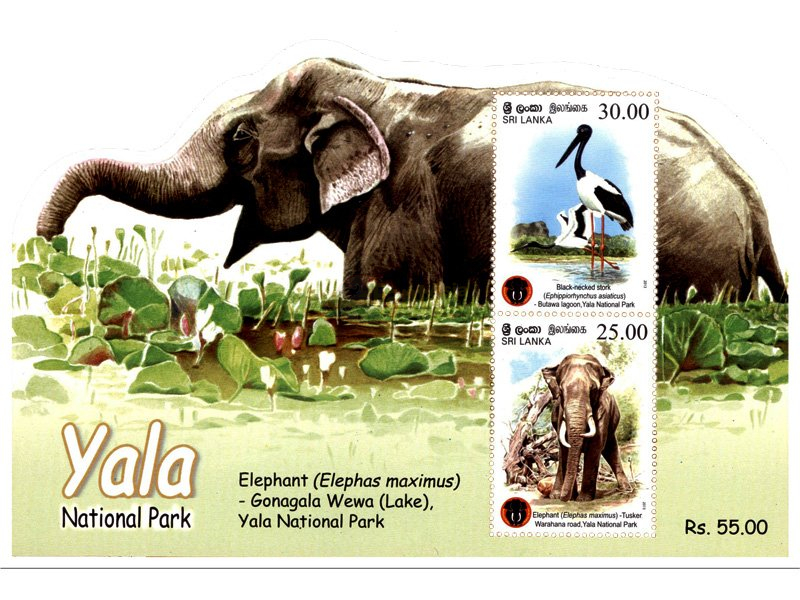
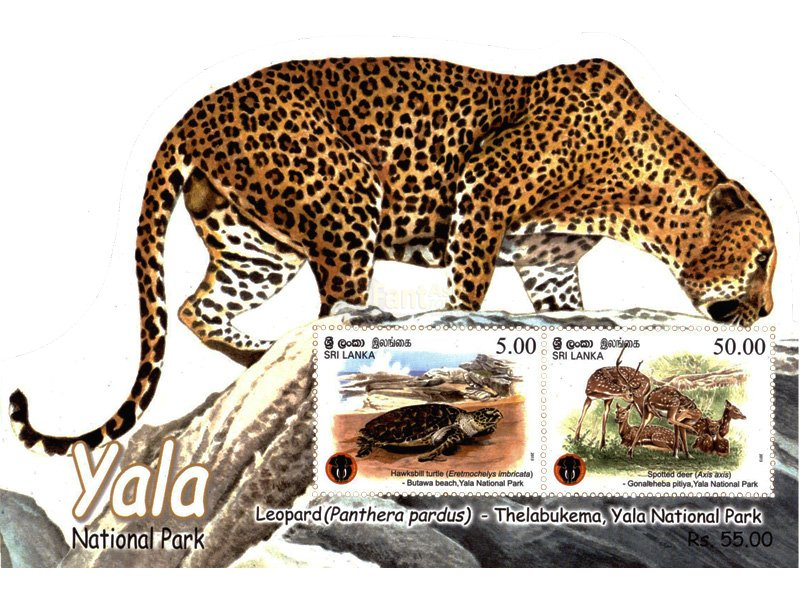
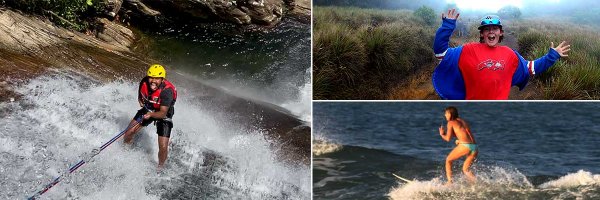
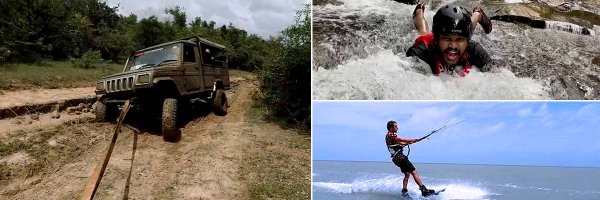
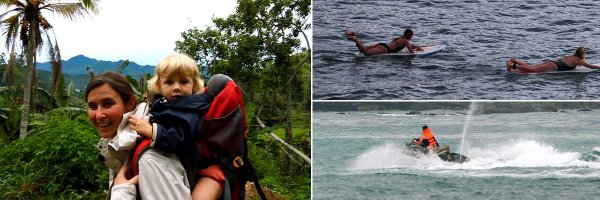
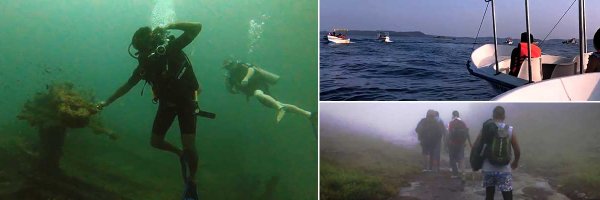
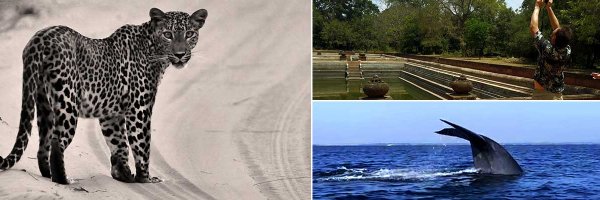




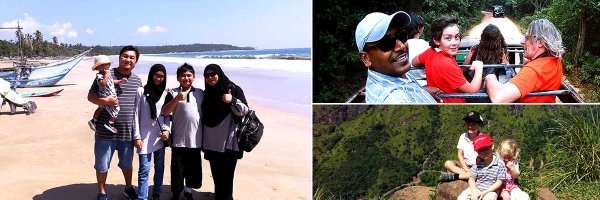
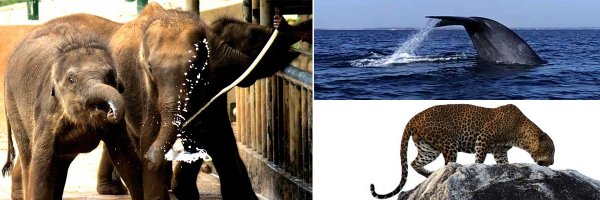


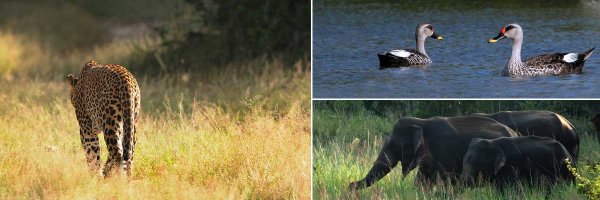
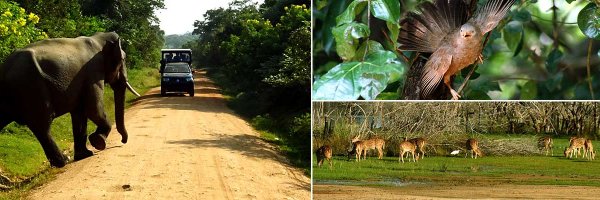
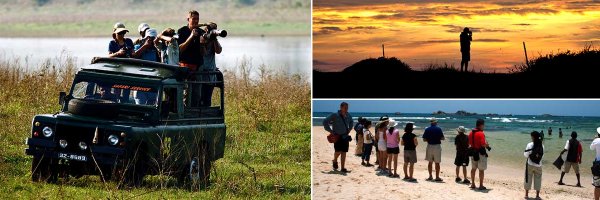
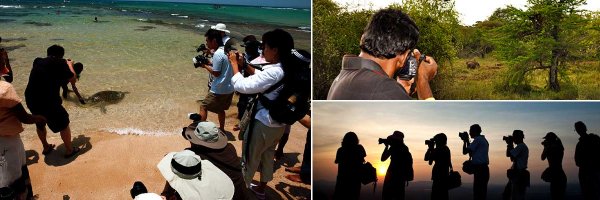
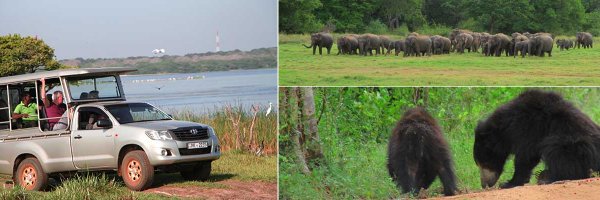
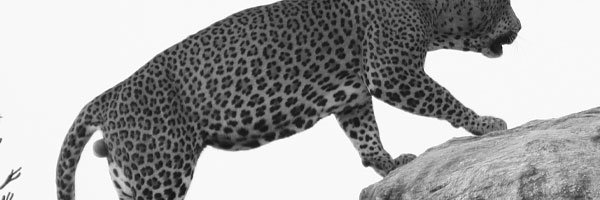
Share this page